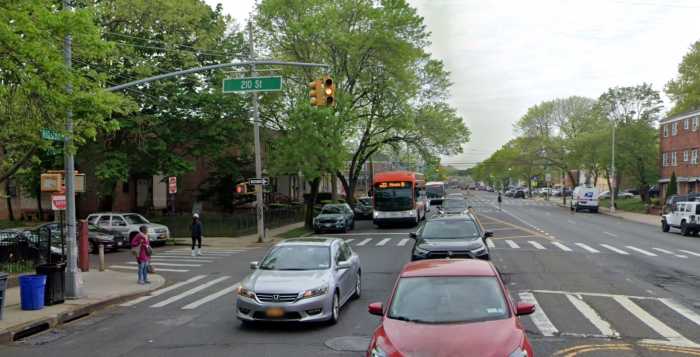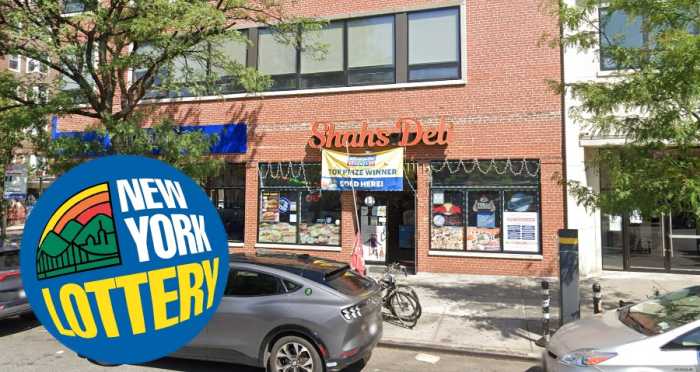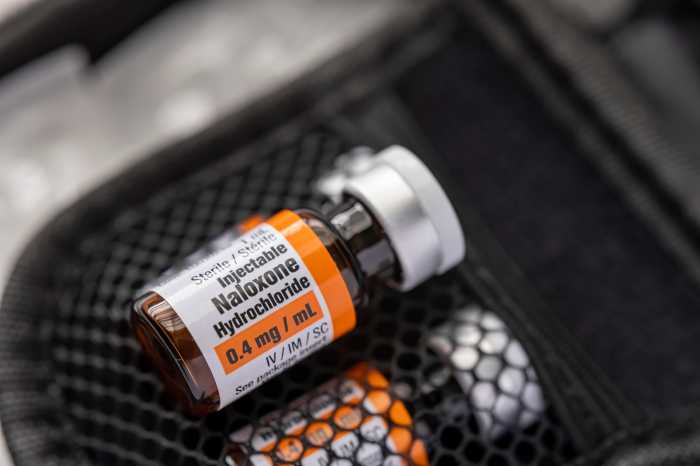Say Gas Network Could Spread Danger
The planned construction of gas pipelines leading from upstate drilling sites to New York City and surrounding areas could put thousands of residents at risk of being exposed to a deadly carcinogen, an environmental activist told members of Community Board 5 at their meeting last Wednesday night, July 11, in Middle Village.
Beth Morgan of NYH2O, an advocacy group attempting to block the use of hydraulic fracturing (hydrofracking) in New York State, observed that New York City residents risked having their water supply contaminated by the controversial drilling method and being subjected to the side effects posed by the creation of pipelines to funnel natural gas to area ports and storage stations.
Hydrofracking involves the use of millions of gallons of water mixed with chemicals that are injected into the ground in order to break apart subterranean rock to reach oil or nat- ural gas. New York State is currently considering issuing permits to energy companies to use this method in upstate locations to tap into the Marcellus Shale, a swath of organic-rich material lying thousands of feet below parts of upstate New York and neighboring states which contains a vast amount of natural gas.
Environmental groups, elected officials and community groups such as Board 5 have expressed concerns about the process, claiming that the chemicals used in hydrofracking are highly toxic and can spread into the city’s upstate water reservoirs via runoff.
Morgan, however, suggested that the creation of underground pipelines from upstate locations to New York City may also funnel in to nearby homes a toxic gas known as radon- 222. Long term exposure to the substance, she stated, has been known to cause lung cancer.
“Marcellus Shale gas has eight to 32 times the amount of radon-222 than any other shale in the United States,” she said. “That brings with it some very large issues that has to do with contaminating our kitchens and boiler rooms.”
NYH2O is currently campaigning to block the construction of the Spectra Pipeline, which will run south from upstate New York, through New Jersey and Staten Island to a liquified natural gas storage tanks. A second pipeline is scheduled to be con- structed through Brooklyn, Morgan said.
Most of the gas funneled through the pipeline will be placed into storage tanks then shipped overseas, Morgan said. She pointed out that companies can reap a greater profit through this practice since the prices of natural gas internationally is much higher than it is sold within the U.S.
Though proponents of hydrofracking in New York State have claimed that this would lead to job creation and economic activity, Morgan argued that these jobs would be “kind of deadly jobs.” She urged the board to pass resolutions calling on the state to scrap the proposed pipeline construction.
Board 5 Chairperson Vincent Arcuri stated that the Environmental Services Committee would examine the issue further and, if necessary, make a resolution.



































